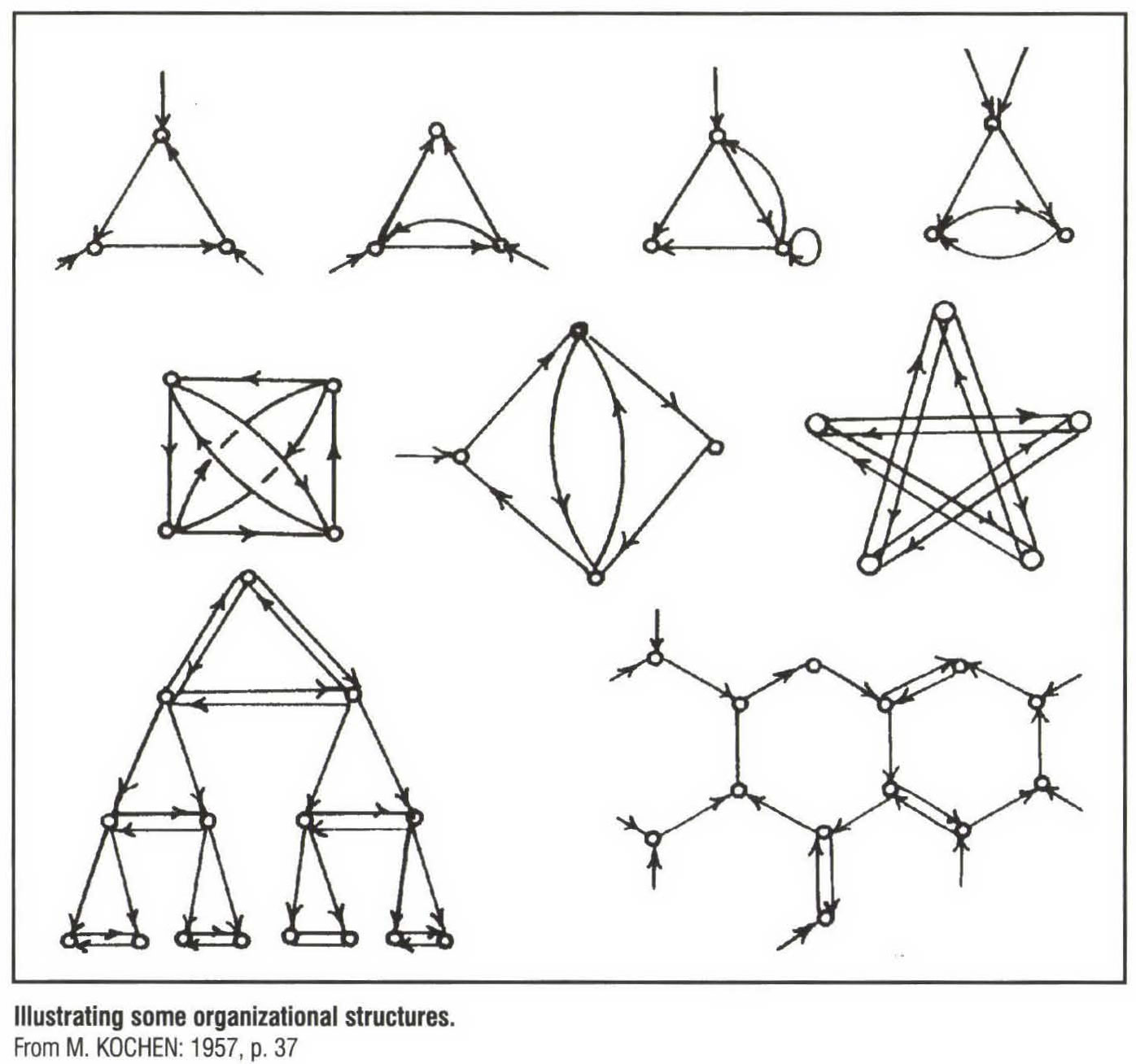STRUCTURES of a SYSTEM (Basic) 2)
← Back
J.de ROSNAY enumerates thus the basic structures of any system:
"- Elements or components, that can be counted and assembled into categories, families or populations: molecules, cells, inhabitants, machines, goods
- A limit, that defines the borders of the systems and separates it from the external world: membranes, the hide, the borders of a country
- Stores into which elements can be collected and wherein energy, information or matter may be kept: organs, tanks, computer memories, libraries, films
- A communication net, that permits exchanges of energy, information or matter among the systems elements or stores: nerves, arteries, roads, canals, cables, pipelines, etc… "(1990, p.98-9).
There are generally different kinds of elements, subsystems, stores and communication nets in a system. (Elements can constitute ordered subsystems of different types).
As to the limit, or border, it is as much an exchange structure as a separator.

Categories
- 1) General information
- 2) Methodology or model
- 3) Epistemology, ontology and semantics
- 4) Human sciences
- 5) Discipline oriented
Publisher
Bertalanffy Center for the Study of Systems Science(2020).
To cite this page, please use the following information:
Bertalanffy Center for the Study of Systems Science (2020). Title of the entry. In Charles François (Ed.), International Encyclopedia of Systems and Cybernetics (2). Retrieved from www.systemspedia.org/[full/url]
We thank the following partners for making the open access of this volume possible:

